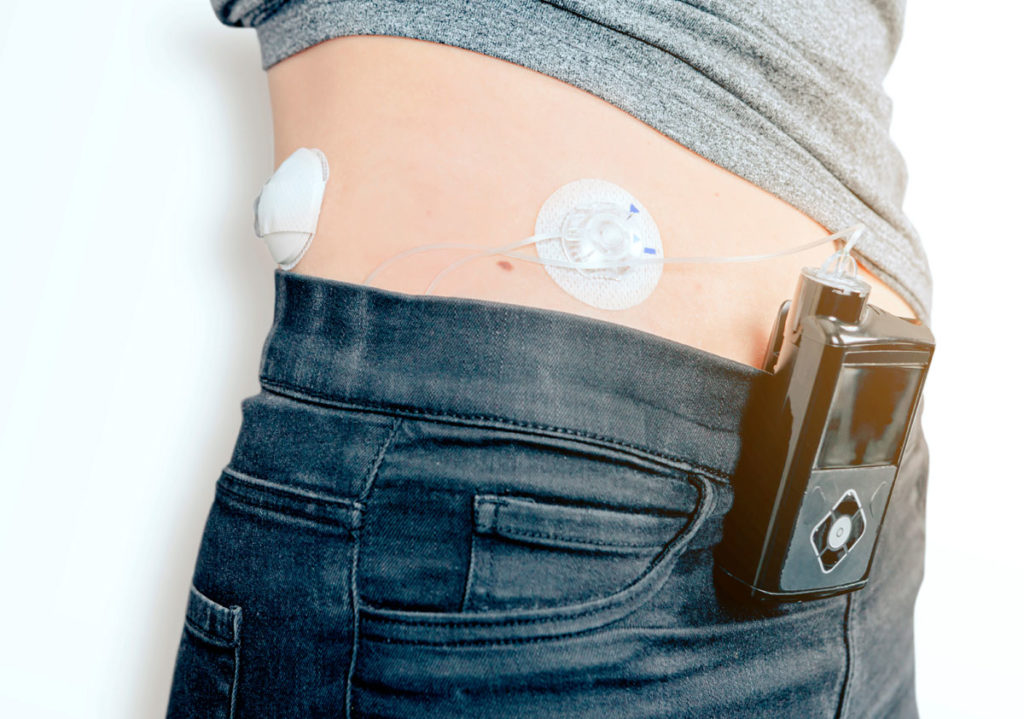Why is it that some patients with diabetes are able to stick to the ‘straight and narrow’ while others fall off the rails? I decided to look at my client group to see if I could pick up on any particular issues that made people either forget that they have diabetes, or struggle to continue to control their blood glucose levels as they had previously been doing. This article reviews what I found and offers some suggestions on how to help patients get back in control.























